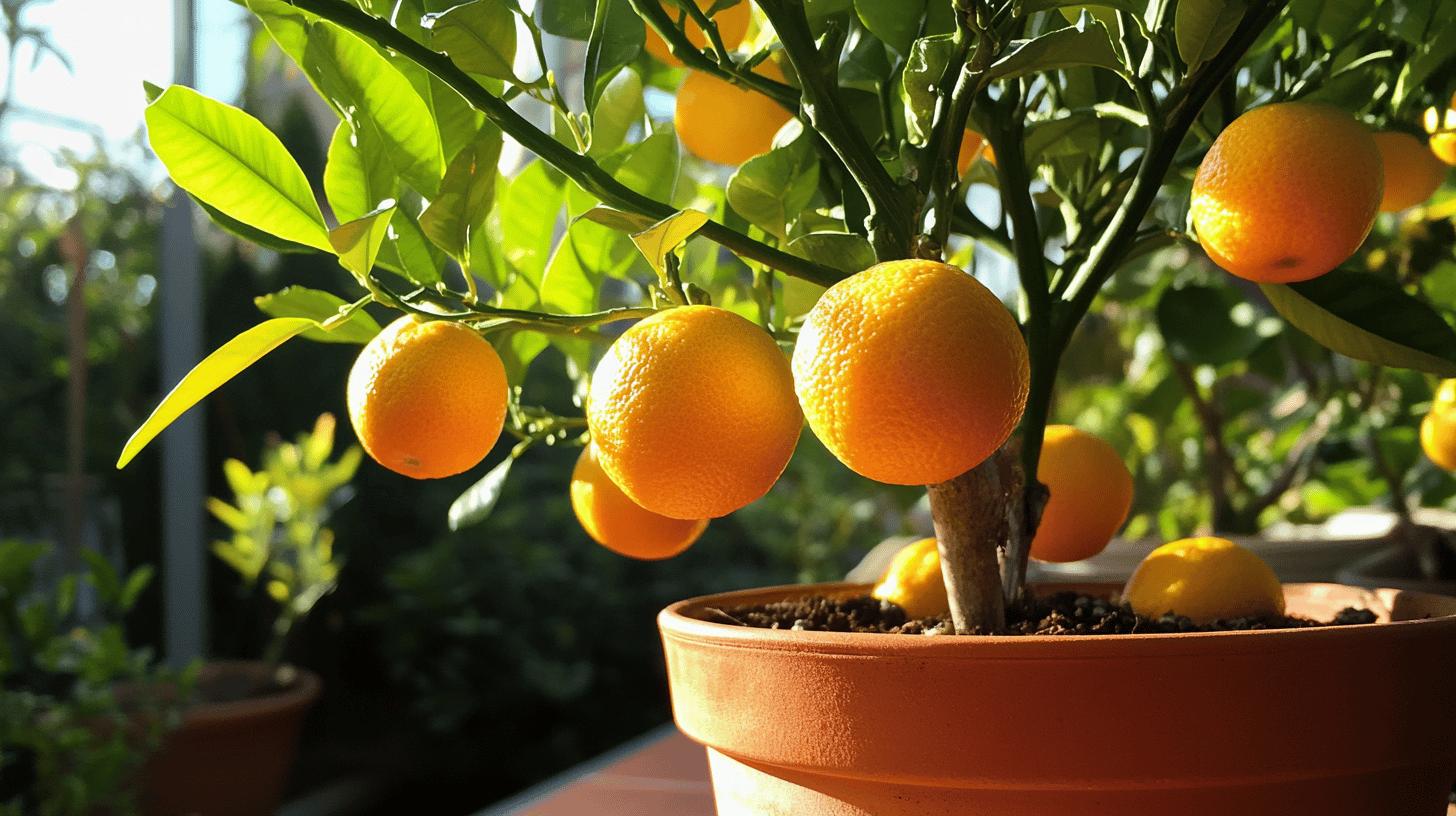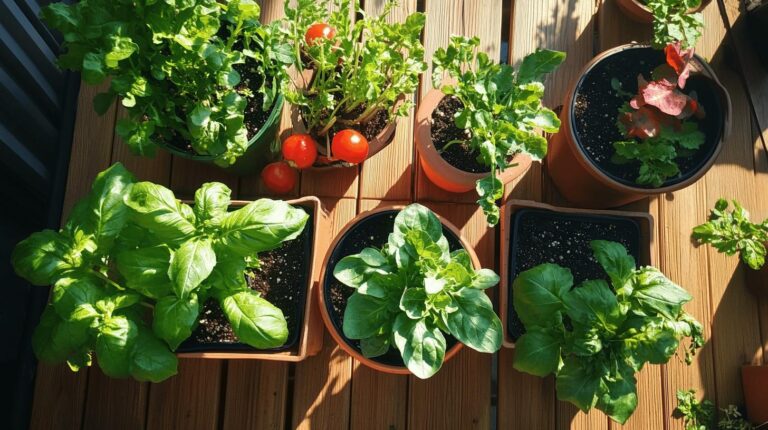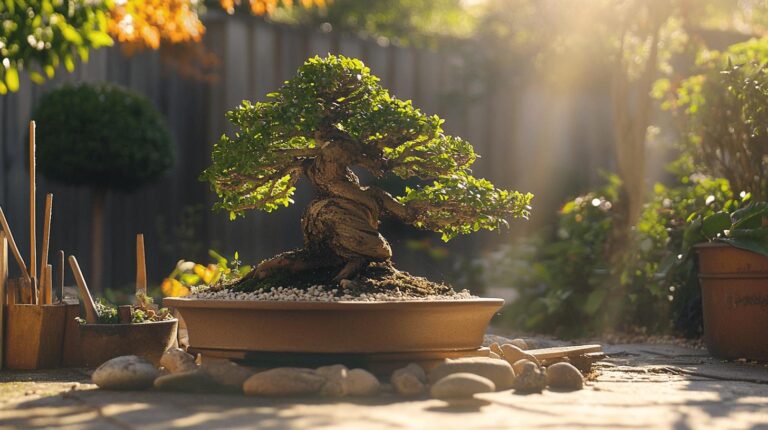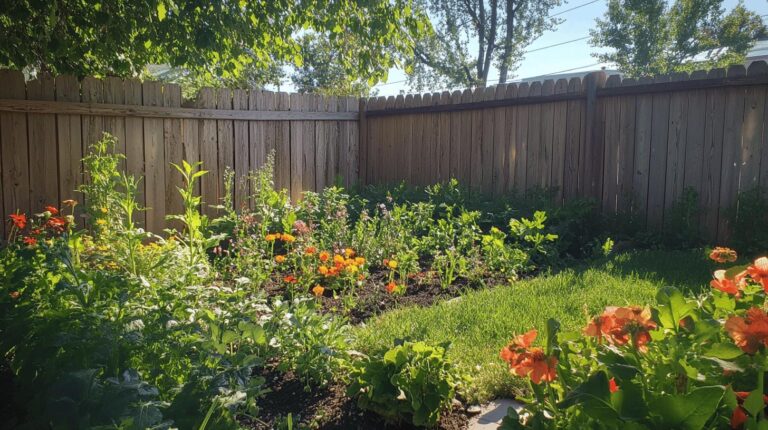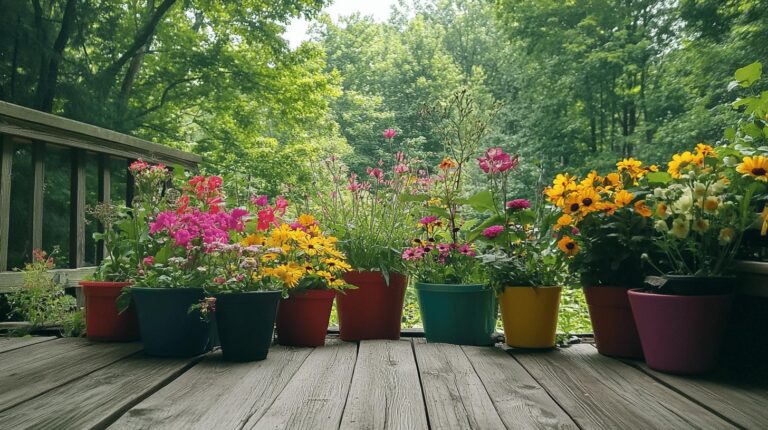Container Citrus Champions: The Varieties That Thrive in Pots
Have you ever tried squeezing delightful citrus right out of your very own container garden? It’s not just a dream for those with sprawling backyards. Growing citrus trees in containers can transform a small space into a fruit-bearing paradise. With the right advice and tree selection, even the tiniest patio can become a haven for juicy lemons, limes, and more. This post will explore the top citrus varieties perfect for container planting, empowering you to choose trees that will thrive and bring a touch of the Mediterranean to your doorstep. Let’s dive into this flavorful journey together!
Best Citrus Trees for Containers: Top Varieties
Choosing the right citrus tree variety is essential when growing in containers, as it ensures the plant thrives in a confined space. Opting for dwarf citrus varieties or those known for compact growth can make all the difference. These trees are not only easier to manage but they also allow flexibility in positioning, whether on a sunny balcony or a small patio. The varieties suited for containers often produce fruit that is just as flavorful as their larger counterparts, providing a delightful harvest even in limited spaces.
- Calamondin: Known for its small, tart fruits and ornamental appeal.
- Australian Finger Lime: Valued for its unique, caviar-like pulp used in culinary dishes.
- Dwarf Bearss Seedless Lime: Popular for its seedless fruit and manageable size.
- Improved Meyer Lemon: Favored for its sweet-tasting lemons and adaptability.
- Kieffer Lime: Grown primarily for its aromatic leaves used in cooking.
- Kumquat: Produces small, sweet-tart fruits and is quite hardy.
- Minneola Tangelo: A hybrid known for its juicy, sweet fruit.
- Owari Satsuma Mandarin Orange: Offers easy-to-peel, sweet oranges.
- Wekiwa Tangelo: Produces sweet, juicy fruit with a mild flavor.
- Yuzu (Japanese Citron): Appreciated for its aromatic rind and juice in culinary applications.
These citrus varieties cater to a range of preferences, whether you’re after ornamental beauty, unique culinary flavors, or the practicality of easy-to-peel fruits. They fit seamlessly into various spaces, from urban settings to more expansive outdoor areas, providing both aesthetic value and the joy of homegrown citrus. Whether you’re an experienced gardener or just starting out, these varieties offer a rewarding container gardening experience.
Ideal Containers and Potting Mix for Citrus Trees
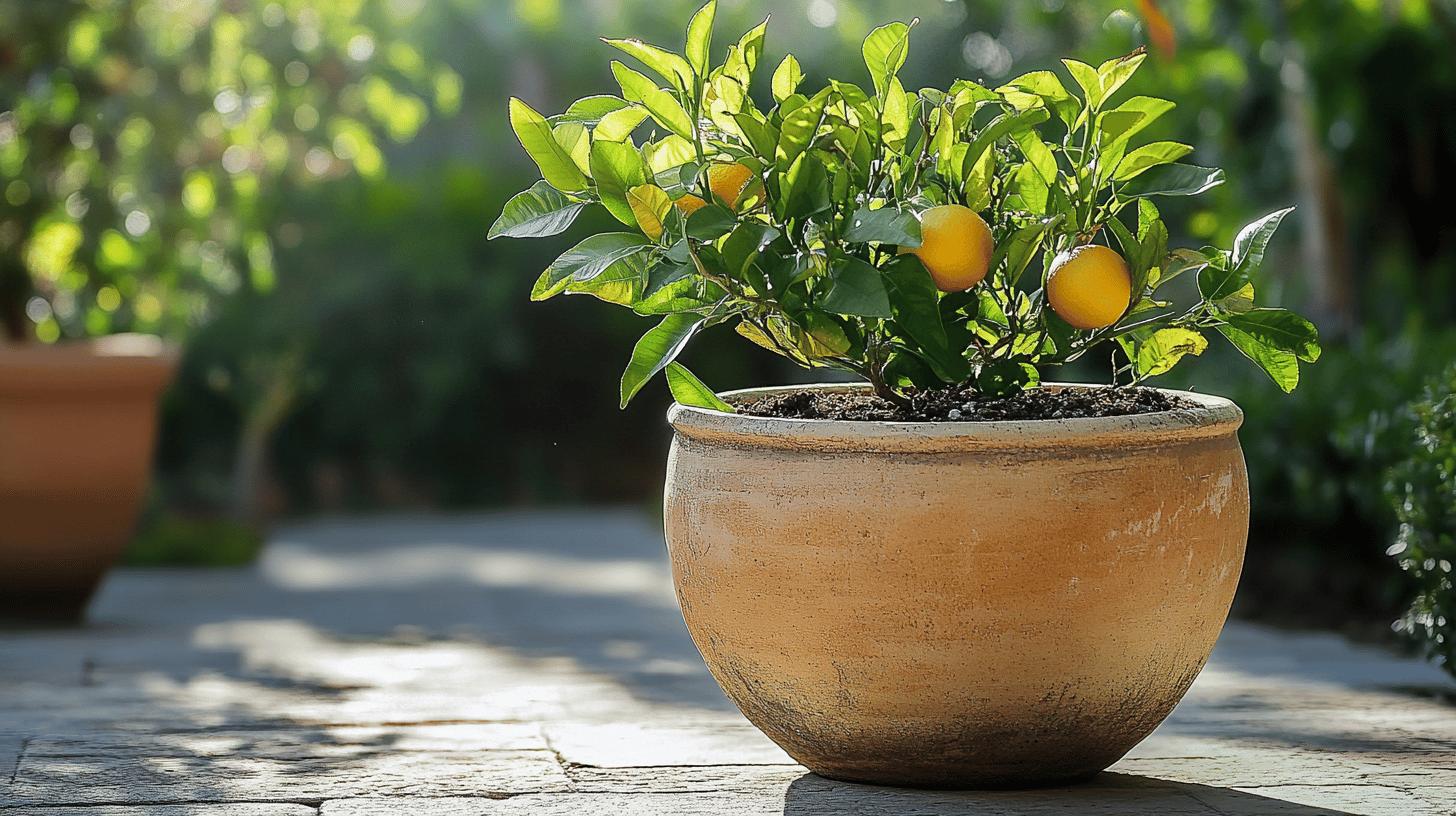
Choosing the right container is crucial for the health and growth of your citrus trees. The container should be at least twice the size of the nursery pot. Ideally, it should measure at least 2 feet wide and 2 feet deep, capable of holding a minimum of 20 gallons. This size ensures the roots have ample space to develop and the tree remains stable. Additionally, the material of the container can affect moisture retention and air flow, both of which are vital for healthy citrus trees.
An optimal potting mix is equally important for container-grown citrus. A well-draining blend of compost, coconut coir, and peat moss provides the necessary nutrients while maintaining the right moisture level. Adding vermiculite or perlite helps improve aeration and prevents soil compaction, ensuring that the roots can breathe and grow freely. This combination of ingredients creates an ideal environment that supports the tree’s nutritional needs and promotes healthy growth.
- Terracotta: Allows for good air flow and evaporation, keeping soil aerated.
- Plastic: Lightweight and retains moisture better, suitable for hot climates.
- Ceramic: Offers aesthetic appeal and stable soil temperatures.
Selecting the right container and potting mix sets the foundation for successful citrus tree cultivation. By providing the right environment, you ensure that your citrus trees thrive, producing abundant fruit and maintaining vibrant health even in a confined space.
Light and Watering Requirements for Potted Citrus Trees
When growing citrus trees in containers, ensuring they receive adequate sunlight is crucial for their health and productivity. These sun-loving plants require at least 8 hours of direct sunlight daily to thrive. Position your potted citrus in a spot that captures the maximum amount of light, such as a south-facing patio or balcony. If natural light is limited, consider using grow lights to supplement sunlight exposure. This will help the trees photosynthesize effectively, promoting robust growth and fruiting.
Watering container-grown citrus trees needs more attention compared to those planted in the ground. The confined space of a pot means soil dries out more quickly, necessitating more frequent watering. Check the soil moisture regularly, aiming to keep it consistently moist but not waterlogged. Water deeply until you see it draining from the bottom of the pot, ensuring even distribution throughout the root system. Adjust the watering schedule based on seasonal changes, as citrus trees might require less water in cooler months.
- Moisture Meter: Provides accurate readings to prevent over or under-watering.
- Drip Irrigation: Delivers consistent moisture directly to the roots without wasting water.
- Mulching: Helps retain soil moisture and regulate temperature, reducing evaporation.
Meeting these light and watering requirements plays a pivotal role in the healthy growth and fruit production of potted citrus trees. Proper sunlight exposure supports photosynthesis and energy creation, while consistent watering keeps the trees hydrated and nutrient-absorbed. By keeping a close eye on these factors, your citrus trees will flourish, offering lush foliage and a bountiful harvest.
Care and Maintenance Tips for Citrus Trees in Containers
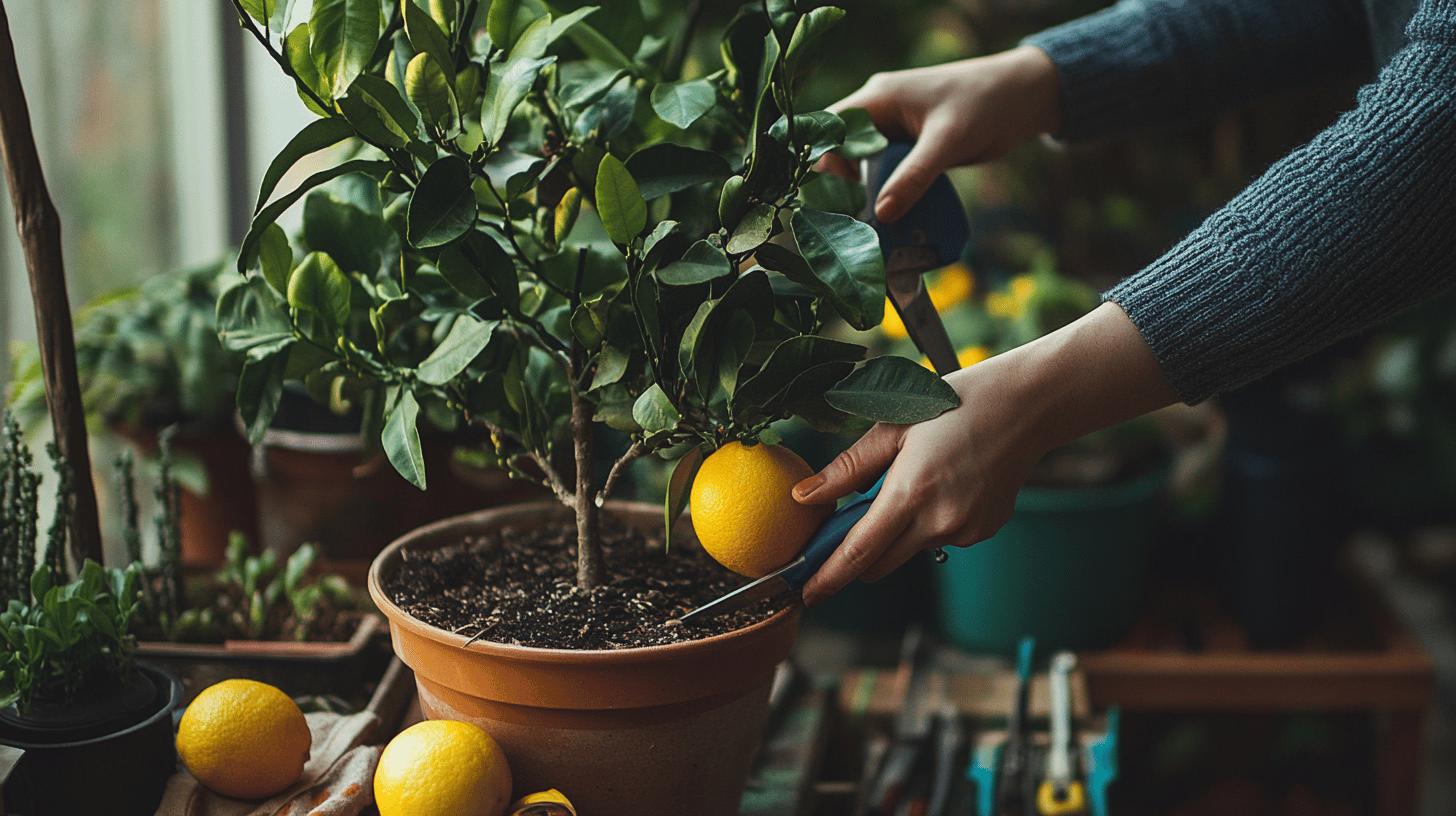
Regular feeding is a cornerstone of maintaining healthy citrus trees in containers. Due to the confined space, nutrients can quickly deplete with frequent watering, making it necessary to replenish them regularly. Opt for a balanced, slow-release fertilizer formulated specifically for citrus trees. Feeding every 4 to 6 weeks during the growing season ensures that your trees receive the essential nutrients they need to produce lush foliage and abundant fruit. This consistent nutrient supply helps the tree thrive despite the limitations of a container environment.
Pruning is another critical aspect of container citrus care. It’s best done in the spring after the risk of frost has passed. This timing prevents damage to new growth and encourages a more robust structure. Focus on removing dead or crossing branches and shaping the tree to maintain an open center for light and air penetration. Protect any exposed bark from sunburn by applying a coat of water-based latex paint or using tree wrap. This not only shields the bark but also promotes healing.
- Keep an eye out for pests, and treat infestations promptly to prevent damage.
- Rotate the container occasionally to ensure even sunlight exposure on all sides.
- Re-pot every 2-3 years to refresh the soil and accommodate root growth.
Consistent care and attention to your potted citrus trees yield numerous benefits. By following a regular feeding schedule and proper pruning techniques, you help ensure vibrant growth and plentiful fruit. This proactive approach not only maintains the health of the trees but also enhances their ability to adapt to the constraints of container living, resulting in a rewarding gardening experience.
Addressing Common Challenges in Container Citrus Gardening
One common issue that many encounter with container-grown citrus trees is the yellowing and dropping of leaves. This can often be attributed to nutrient deficiencies, improper watering, or environmental stress. Start by checking the soil moisture level; overwatering or underwatering can lead to root problems and nutrient imbalances. If the soil is too wet, allow it to dry out slightly before the next watering. A lack of essential nutrients, like magnesium or nitrogen, might also cause yellowing leaves. Implementing a balanced fertilizer schedule tailored for citrus can help address these deficiencies. Additionally, ensure the tree is in a location with adequate sunlight, as insufficient light can exacerbate stress.
Citrus Greening Disease, also known as Huanglongbing (HLB), is a serious threat to citrus trees. This bacterial disease is spread by the Asian citrus psyllid and can cause distorted, discolored leaves and misshapen fruit. While there is no cure for HLB, early detection and prevention are key. Regularly inspect your trees for the presence of psyllids and signs of disease. Implementing biological controls, such as beneficial insects, can help manage pest populations. Removing affected plants promptly can prevent the spread of the disease to healthy trees.
- Ensure regular monitoring for pests and signs of disease.
- Maintain a balanced fertilization routine to prevent nutrient deficiencies.
- Position trees in optimal sunlight to reduce stress and support growth.
Proactively addressing these challenges is vital in maintaining the health and productivity of your citrus trees in containers. Keeping an eye on changes in foliage and understanding the causes behind them can prevent minor issues from escalating. By staying vigilant and taking preventive measures, you can enjoy a thriving citrus garden that rewards you with a bountiful harvest.
Seasonal Care and Climate Considerations for Potted Citrus
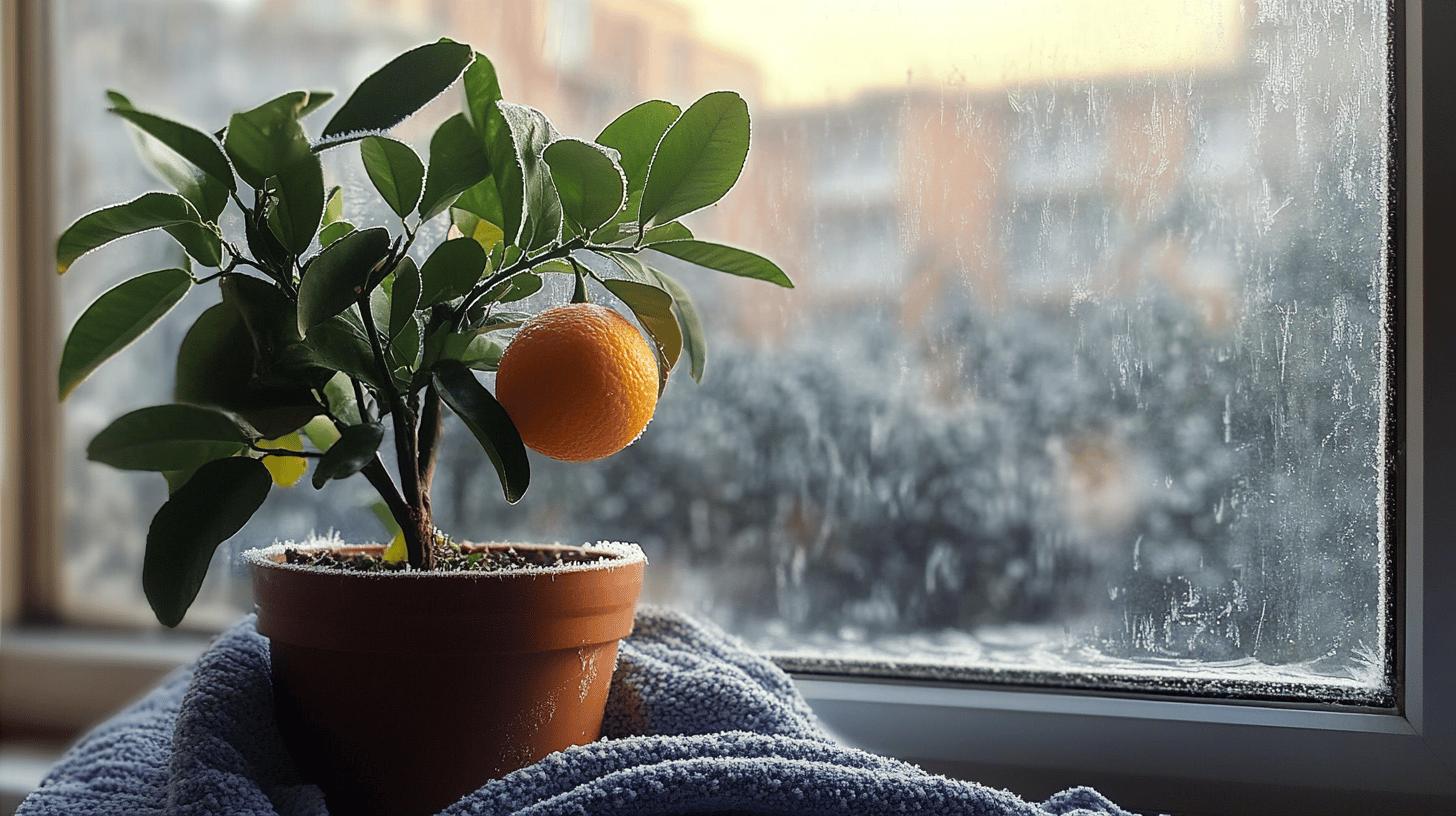
Planting citrus trees in containers is ideally done in the spring, right after the last frost has passed. This timing allows the trees to establish themselves during the warmer months, taking advantage of the growing season to develop strong roots and healthy foliage. Seasonal changes play a significant role in the care of potted citrus, as these trees are sensitive to temperature shifts. Warmer weather encourages growth and fruit production, while cooler temperatures can slow down these processes, requiring adjustments in care.
Citrus trees are quite frost-tender, so it’s important to protect them as temperatures begin to drop. When forecasts predict temperatures below 35°F (1°C), it’s best to bring your potted citrus trees indoors or cover them with frost cloths to prevent cold damage. If moving them indoors, place them in a sunny spot to maintain light exposure. For larger trees that can’t be moved, wrapping the container with insulating material can help protect the roots from freezing.
- Position containers in a sheltered spot to reduce wind exposure during cold weather.
- Use thermal blankets or frost covers to shield trees from harsh temperatures.
- Adjust watering schedules in winter to prevent root rot from excess moisture.
Seasonal care is essential for keeping citrus trees healthy throughout the year, ensuring they thrive regardless of the climate. By paying attention to planting times and providing protection during colder months, you support their growth and maximize fruit production. This proactive approach helps your citrus trees flourish, ready to greet each season with vitality.
Final Words
Exploring the best citrus trees for containers opens up a delightful way to enjoy fresh fruits even in limited spaces. From choosing perfect dwarf citrus varieties to understanding the right containers, I’ve highlighted crucial factors to ensure thriving potted trees.
Building on this, meeting light, watering, and maintenance needs is key to vibrant growth and bountiful harvests. Tackling challenges like leaf yellowing and winter care prepares you for successful container gardening.
With these insights, transforming your space into a citrus haven becomes an enjoyable and rewarding endeavor. Let’s cultivate lush, fruitful oasis together!
FAQ
What is the best citrus tree for pots?
The optimal citrus tree for pots includes varieties like Calamondin, Improved Meyer Lemon, and Owari Satsuma Mandarin, known for thriving in limited space and providing excellent fruit yield.
Which is better, Lisbon or Meyer Lemon tree?
For container gardening, Meyer Lemon trees are preferred due to their compact size and sweeter, less acidic fruit, making them a favorite among home gardeners.
What is the easiest citrus tree to grow?
Calamondin orange is known as one of the easiest citrus trees to grow because it is hardy and can produce fragrant blossoms and small, edible fruit indoors and outdoors.
What is the best lemon variety for pots?
The best lemon variety for pots is the Meyer Lemon tree, as it is compact, adapts well to container life, and produces juicy, flavorful lemons.
What are some recommended dwarf citrus trees for containers?
Recommended dwarf citrus varieties for containers include Australian Finger Lime, Dwarf Bearss Seedless Lime, Kieffer Lime, Kumquat, Minneola Tangelo, and Yuzu, chosen for their ability to thrive in small spaces.
What type of soil is best for citrus trees in pots and in the ground?
For pots, a mix including compost, coconut coir, peat moss, and vermiculite or perlite is ideal. In-ground planting benefits from well-draining soil enriched with organic matter.
How do light and watering impact the growth of potted citrus trees?
Citrus trees need at least 8 hours of sunlight daily and frequent watering due to faster drying in containers. Consistent light and water encourage healthy growth and fruit production.
How can I care for and maintain my potted citrus trees?
Regular feeding, spring pruning, and protecting exposed bark with water-based latex paint or tree wrap are essential for maintaining potted citrus trees.
What are common challenges with citrus in containers and how can they be addressed?
Common issues include leaf yellowing or dropping and citrus diseases. Awareness and proactive measures like disease monitoring and proper watering can prevent these problems.
How should I care for my citrus trees during seasonal and climate changes?
Plant citrus in spring post-frost and protect them from cold by moving indoors or covering when temperatures fall below 35°F (1°C) to ensure year-round health.
